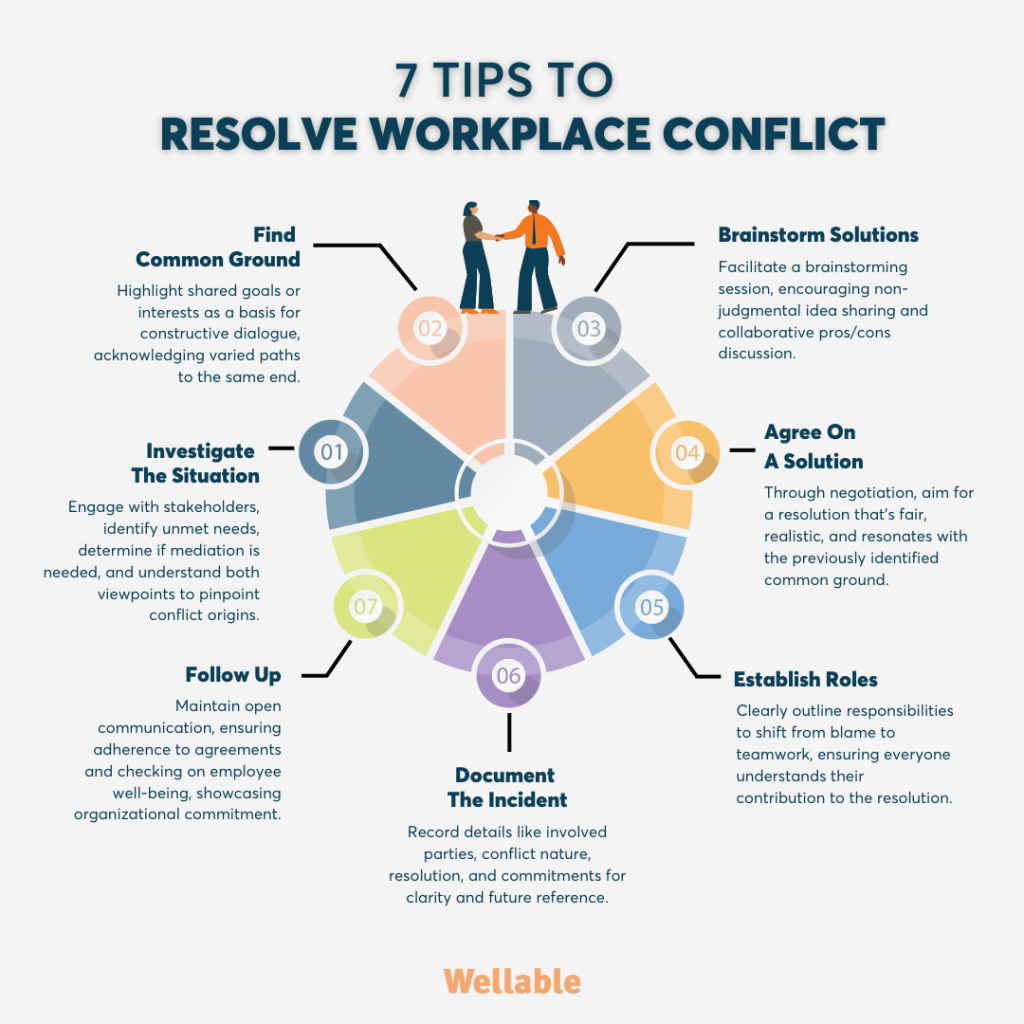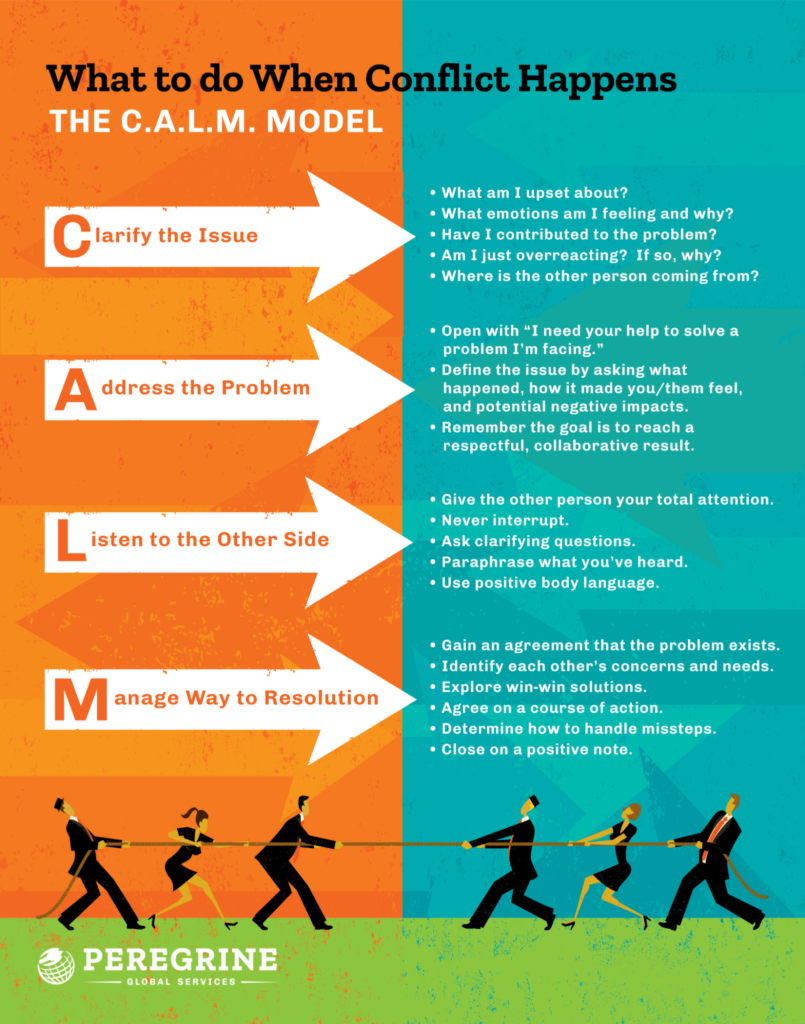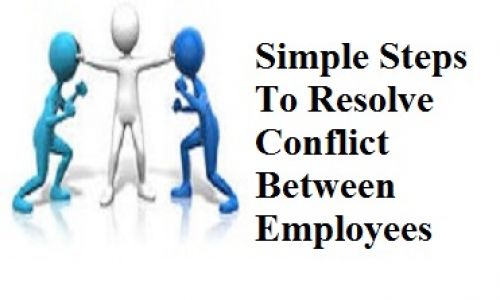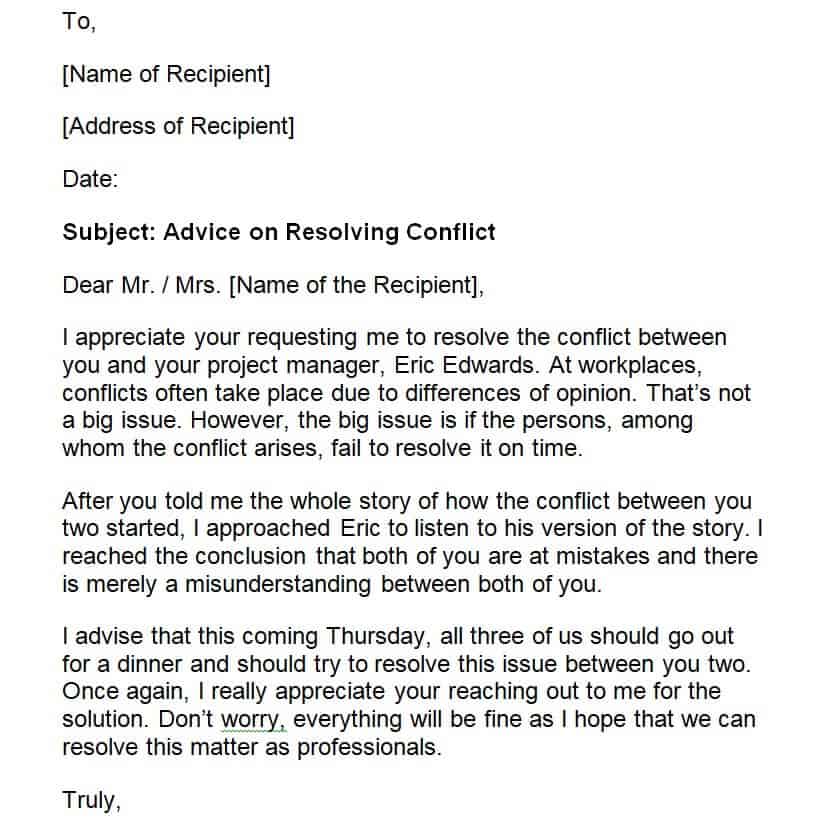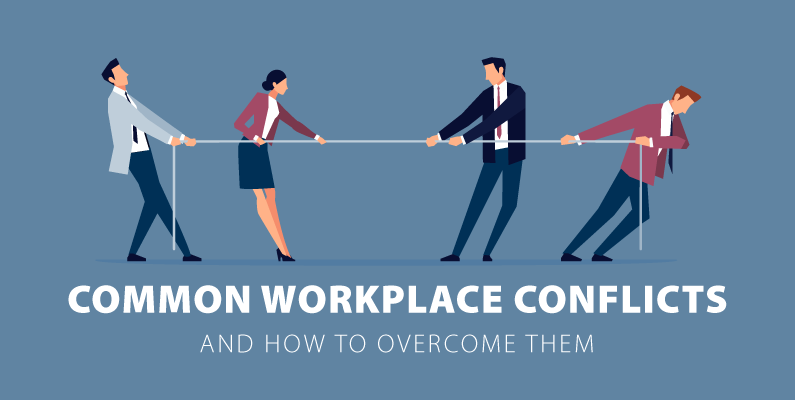How To Address Conflict Between Two Employees

The air in the office crackled with unspoken tension. Sarah and Mark, usually a dynamic duo on the marketing team, were now barely acknowledging each other. A project deadline loomed, and their collaborative spirit had been replaced by curt emails and pointed silences. The ripple effect was palpable, affecting the entire team's morale.
Addressing conflict between employees effectively is crucial for maintaining a productive and positive work environment. It's not just about quelling immediate disputes; it's about fostering a culture of open communication and mutual respect, leading to increased job satisfaction and reduced employee turnover.
Understanding the Root of the Problem
Before diving into solutions, it's essential to understand the source of the conflict. Is it a clash of personalities, a misunderstanding of roles, or a disagreement over project direction? Often, what appears on the surface is merely a symptom of a deeper underlying issue.
Active Listening is Key
Begin by scheduling individual meetings with each employee. Create a safe and neutral space where they feel comfortable expressing their perspectives without interruption. Active listening, which involves paying close attention, summarizing key points, and asking clarifying questions, is paramount here.
Encourage them to articulate their feelings and identify the specific behaviors that are causing friction. Remind them that the goal is to find a mutually acceptable solution, not to assign blame.
Identifying Common Ground
Once you have a clear understanding of each person's viewpoint, look for areas of agreement. Highlight shared goals and values to remind them of their common purpose within the organization. Even small points of agreement can serve as a foundation for building bridges.
Facilitating Constructive Dialogue
With a solid understanding of the situation and some identified common ground, it's time to bring the employees together for a mediated discussion. Clearly define the ground rules for the conversation, emphasizing respectful communication and a focus on solutions.
Mediation Techniques
As a mediator, your role is to facilitate a productive dialogue, not to dictate the outcome. Encourage them to use "I" statements to express their feelings and needs without accusing the other person.
"I feel frustrated when..." is more constructive than "You always..."
Help them to identify potential solutions and to evaluate the pros and cons of each option. Guide them toward a compromise that addresses the core concerns of both parties.
Setting Clear Expectations
Once a resolution is reached, document it in writing and clearly define the roles and responsibilities of each employee moving forward. Establish specific, measurable, achievable, relevant, and time-bound (SMART) goals to ensure accountability. Regular check-ins can help to monitor progress and address any emerging issues before they escalate.
Preventing Future Conflicts
Addressing conflict is important, but preventing it is even better. Investing in team-building activities, providing conflict resolution training, and fostering a culture of open communication can significantly reduce the likelihood of future disputes. A recent study by the Society for Human Resource Management (SHRM) found that organizations with robust conflict resolution programs experience lower employee turnover rates.
Regular feedback sessions and performance reviews provide opportunities to address potential issues before they become major conflicts. Encourage employees to communicate their concerns proactively and to seek assistance when needed.
Ultimately, addressing employee conflict is an investment in your organization's success. By approaching these situations with empathy, understanding, and a commitment to finding mutually agreeable solutions, you can create a more harmonious and productive work environment for everyone. It's about turning friction into fuel, and transforming disagreements into opportunities for growth and stronger teamwork.
